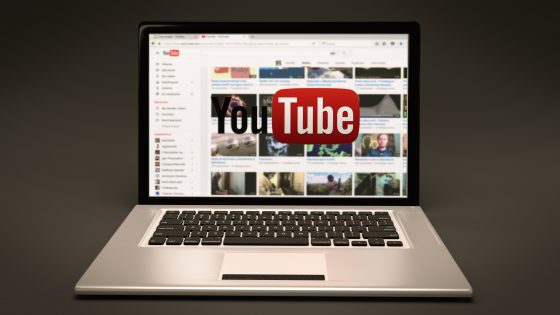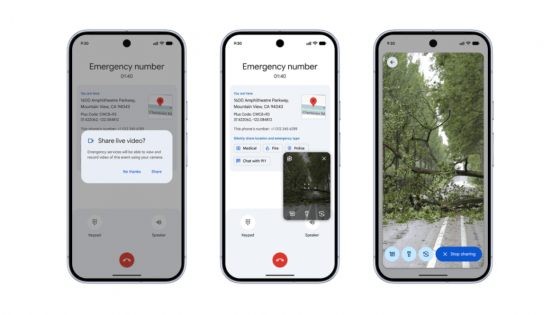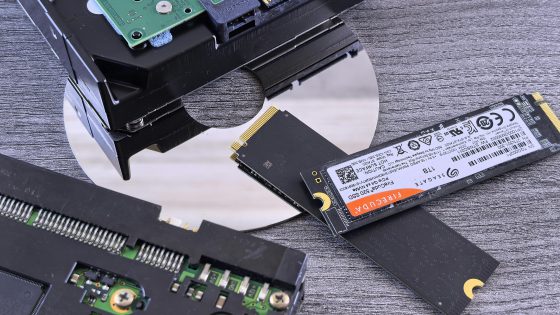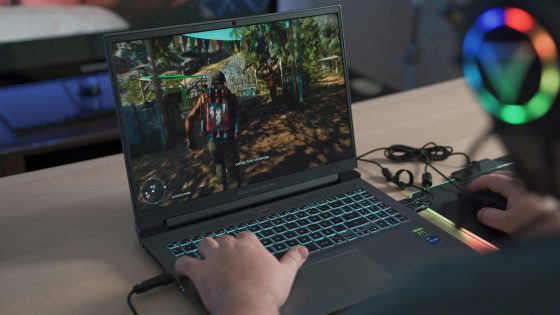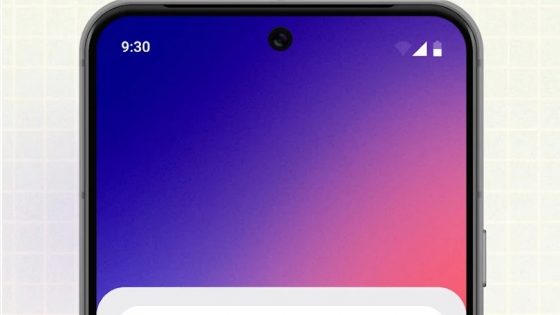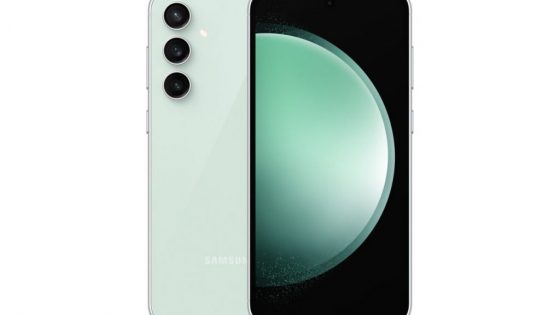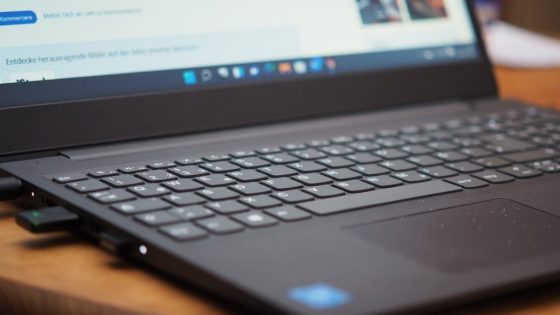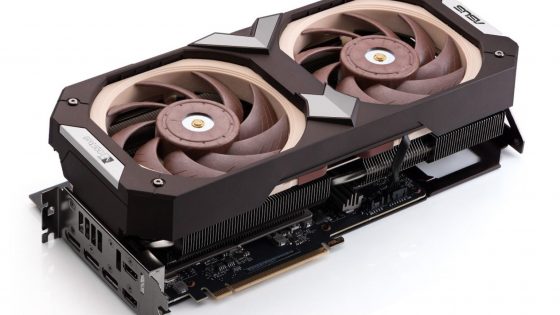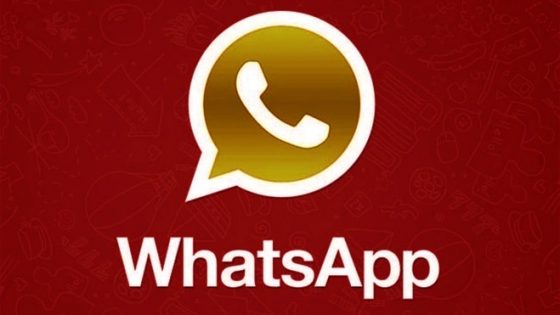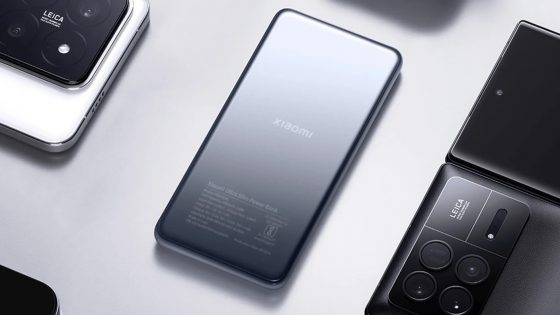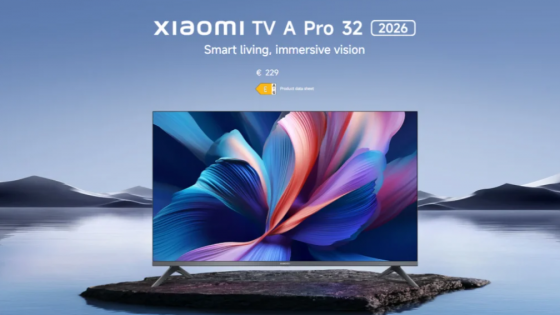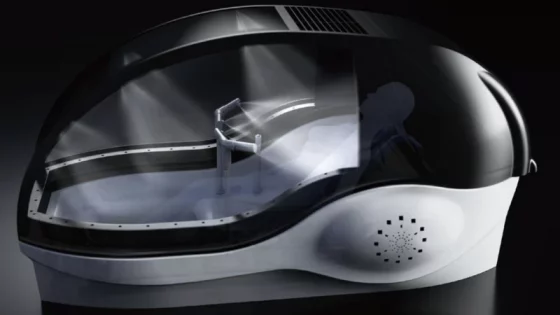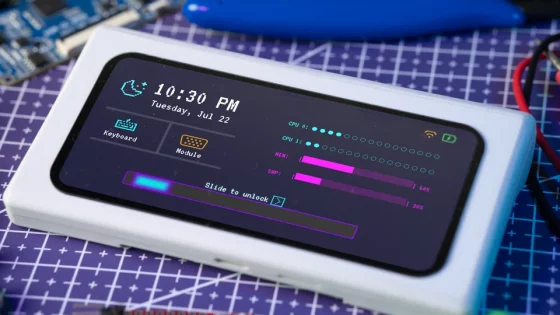What is Snapdragon Satellite Communication? Everything you need to know
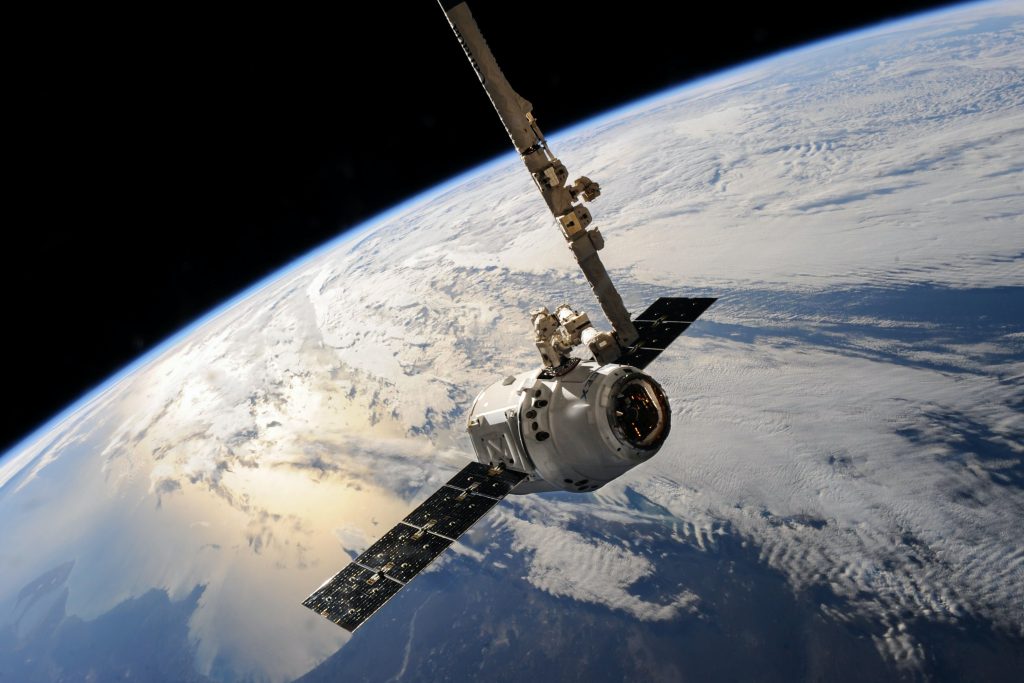
Satellite communication at our fingertips is no longer the stuff of spy novels and sci-fi TV shows. The latest iPhone can already connect to satellites in an emergency. Now Qualcomm, best known as a manufacturer of mobile chips, is bringing this technology to Android phones. The name Snapdragon Satellite began to appear on the Internet in early 2023.
Phones expected to support Qualcomm satellite communications are almost here.
Here's everything you need to know about Snapdragon Satellite Communications. How will it work and what impact will it have on smartphone usage?
Qualcomm's entry into the field of satellite connectivity
As the name suggests, the Snapdragon Satellite is Qualcomm's entry into the field of satellite connectivity. Most Android smartphones already use Qualcomm's Snapdragon family of chips, which means the feature will have a significantly larger number of users than the latest iPhone's satellite connectivity. We can expect it to be available on all Qualcomm chips with integrated 5G support, including the cheaper 4-series chips.
Like other smartphone satellite connectivity options, Snapdragon Satellite is not intended to replace your cellular plan. It's just for those times when you lose both cellular and Wi-Fi — when you're lost in the wilderness, stuck on an unknown peak, or relaxing on a cruise ship in the middle of the ocean.
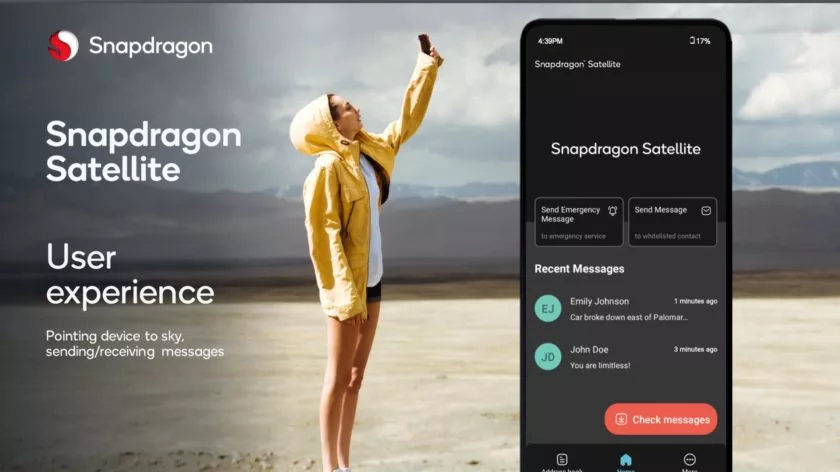
The Snapdragon Satellite won't replace your mobile subscription, mainly because it doesn't support voice calls or data.
It goes without saying that satellite is expensive and slow, so you can't use it for everything. According to Qualcomm, the Snapdragon Satellite will initially only support urgent text messages, with regular messages to follow later.
When you need to connect to emergency services, the feature will first connect to the Garmin Response system. It will then transmit your GPS coordinates to local emergency services.
Later, the Snapdragon Satellite is said to also allow sending and receiving regular text messages (no support for voice calls or data transfer), but with a strict limit of 140 bytes per message. Although it may seem (too) little, this is a slightly larger amount than Apple's solution, which currently only works for emergency calls.
How does Snapdragon Satellite work?
Qualcomm says its flagship Snapdragon 8 Gen 2 chip is already compatible with satellite connectivity, but the feature isn't ready yet and therefore not available to the public.

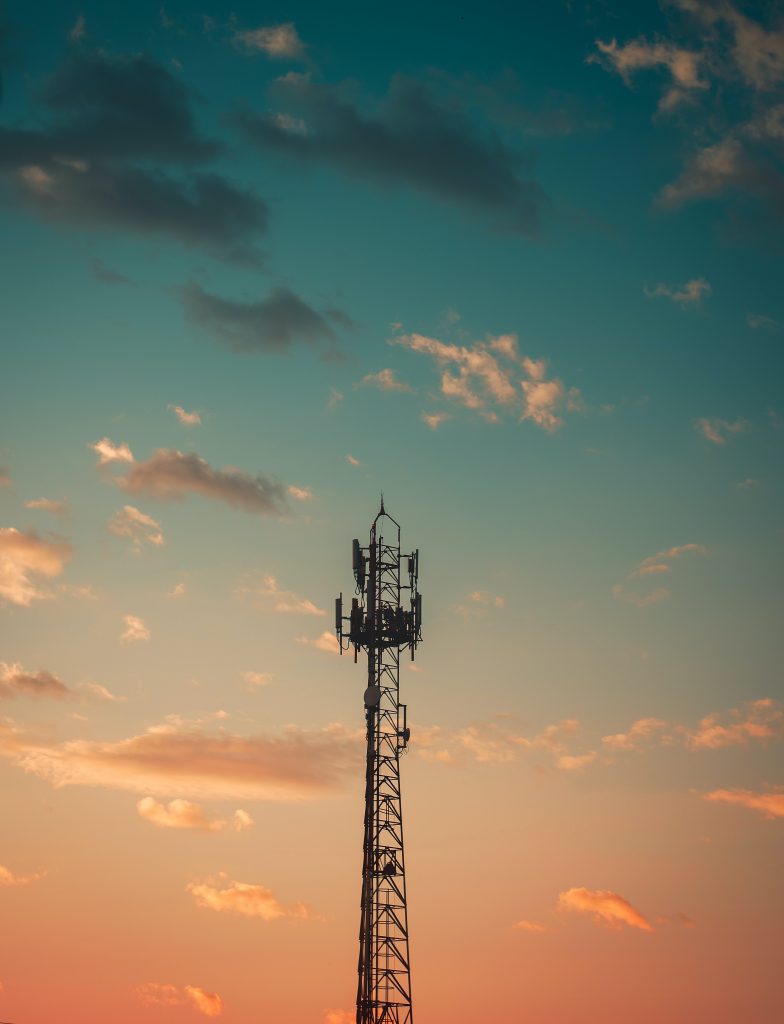
As for how the technology works from a technical perspective, Qualcomm's latest 5G Snapdragon X70 modem brings support for the new ultra-high frequency bands. This allows the phone to communicate directly with satellites in low orbit. Because these satellites are placed higher than typical terrestrial telephone towers, they can provide coverage over a much wider area.
Like Garmin, Qualcomm uses the 66-satellite Iridium satellite constellation for the Snapdragon Satellite, based in Virginia. If the name Iridium sounds familiar, it's because Garmin also uses the company's satellites for its inReach communications devices. On the other side of the scale, Apple has partnered with Globalstar for satellite connectivity, which has a constellation of 48 satellites. As already mentioned, Qualcomm and Iridium have a key advantage. Snapdragon Satellite will have greater coverage around the world.
Unlike the iPhone's satellite connectivity, which won't work above a certain latitude, Qualcomm is emphasizing pole-to-pole coverage. Those who live in northern Canada or Alaska will be even more pleased with the new satellite feature. Initially, the Snapdragon Satellite will only be available in North America and Europe.
According to a demo we saw at CES 2023, it will eventually be possible to use your existing phone number to send text messages even when connected to a satellite. Therefore, it is very likely that Qualcomm also cooperated with the operators in establishing the satellite platform.
Which Android phones support Snapdragon Satellite?
You might be wondering if manufacturers can simply issue a software update to enable Snapdragon Satellite on existing Snapdragon 8 Gen 2 chip phones. Probably not.
In addition to the right chip and modem, smartphones will also need to have special antenna hardware. Simply put, don't expect all high-end smartphones from 2023 to support satellite calling. For example Galaxy S23 Ultra it definitely doesn't support the necessary bands.
Nevertheless, Qualcomm is likely to try to launch the Snapdragon Satellite as soon as possible, as it is already facing stiff competition in this field. In addition to Apple's initiative, US carrier T-Mobile has partnered with SpaceX to enable satellite coverage on its network in the future. This promises satellite connectivity for all existing 5G smartphones, not just those with specialized modems and hardware.
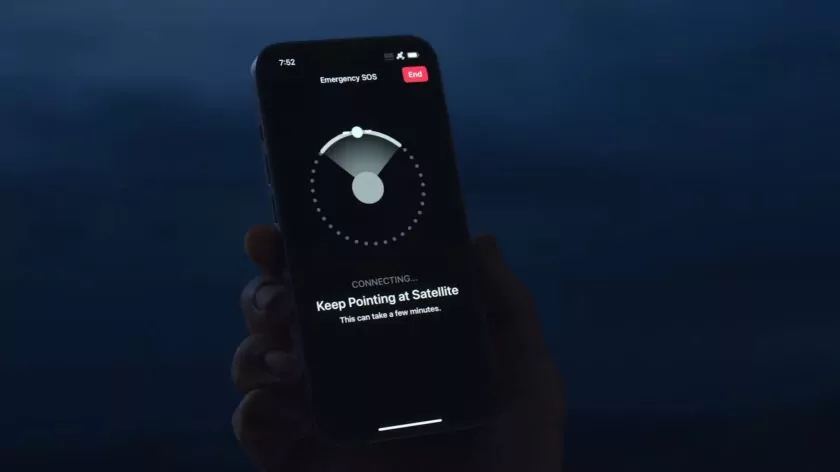
Once Snapdragon Satellite is up and running, you'll most likely need to use a special menu or interface to help point your smartphone in the direction of low-orbit satellites. It may take a few seconds to establish a connection, especially if there is a possible obstacle between the user and the satellite. According to Qualcomm, treetops can also cause delays of around ten seconds per message.
Qualcomm announced at MWC 2023 that we can expect the new technology by the end of 2023.



